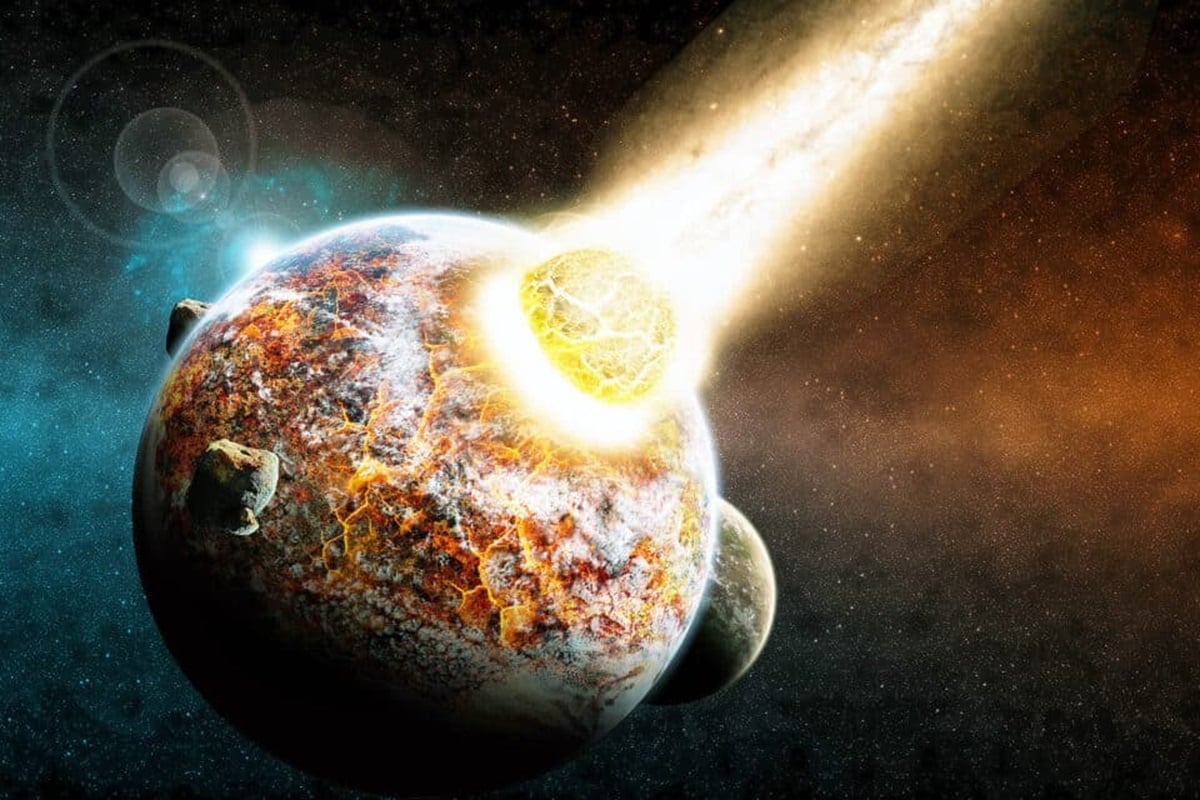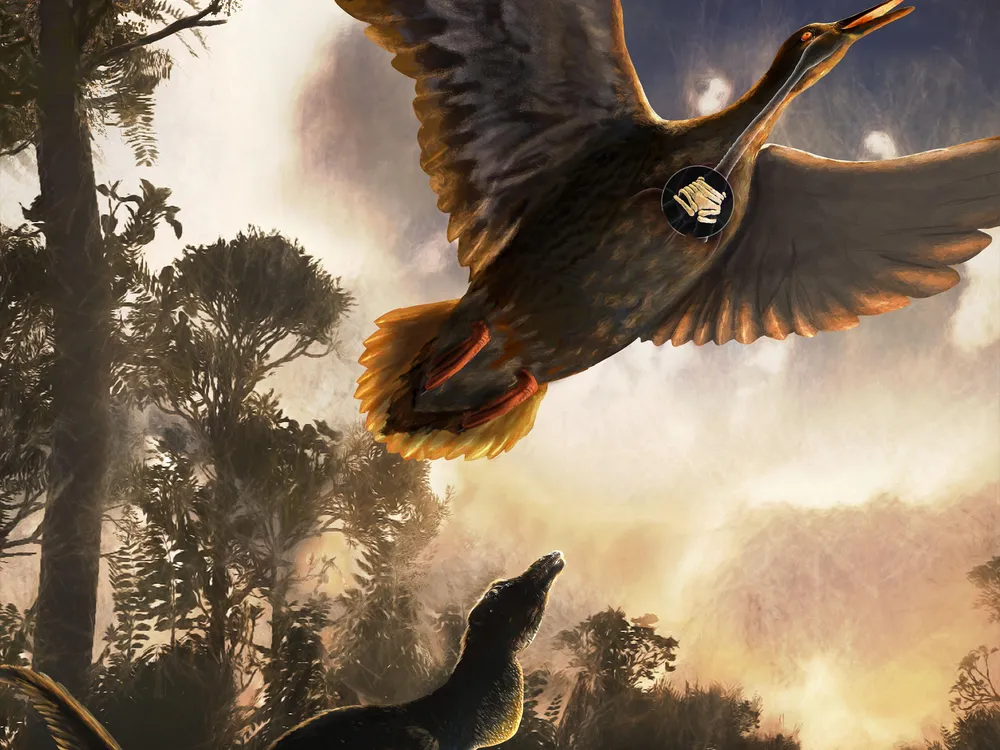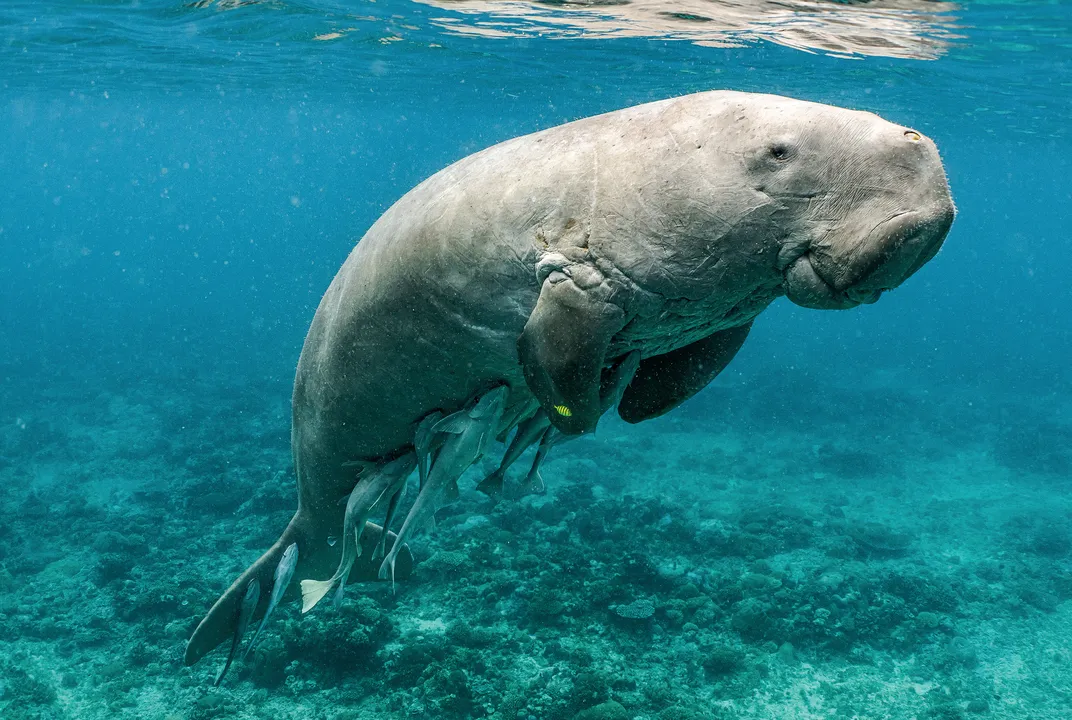Around 4.5 billion years ago, a colossal collision between Earth and a smaller planet occurred, leading to the creation of the moon. This cataclysmic event ejected molten rock into space, which later coalesced to form our lunar companion.

Recent research from the University of Arizona Lunar and Planetary Laboratory (LPL) reveals groundbreaking insights into the moon’s evolution, suggesting that it underwent a dramatic transformation during its early years.
The study, published in the journal Nature Geoscience, unveils the first geophysical evidence indicating that the young moon turned itself inside out as it evolved.
Researchers have long relied on theoretical models and rock samples collected by Apollo astronauts to understand the moon’s formation. These samples revealed high levels of titanium, mainly concentrated on the moon’s near side, raising questions about their origin and distribution.
According to the study, the moon’s formation involved a global magma ocean covering its surface, which eventually solidified to form its mantle and crust. However, beneath the surface, the moon experienced gravitational instability due to the presence of dense minerals like ilmenite, rich in titanium and iron.
Lead author Weigang Liang explains that this process created a gravitational imbalance, causing the moon to effectively “turn itself inside out.” The study explores various hypotheses regarding the timing and mechanics of this transformation, shedding light on the moon’s geologic evolution.
By comparing simulations with data from NASA’s GRAIL mission, the researchers confirmed the presence of ilmenite remnants below the moon’s crust, consistent with their models. This discovery not only provides insight into the moon’s early history but also offers a deeper understanding of its surface characteristics and geological features, such as the disparities between the near and far sides.
Co-author Jeff Andrews-Hanna highlights the significance of the study in connecting geophysical evidence with computational models, paving the way for future exploration and research endeavors. As humanity prepares for future lunar missions, including the Artemis program, this newfound understanding of the moon’s evolution promises to reshape our perceptions of Earth’s celestial neighbor.








